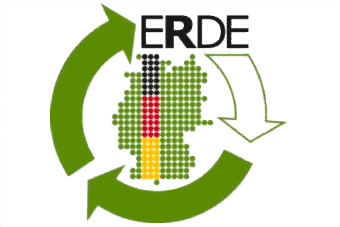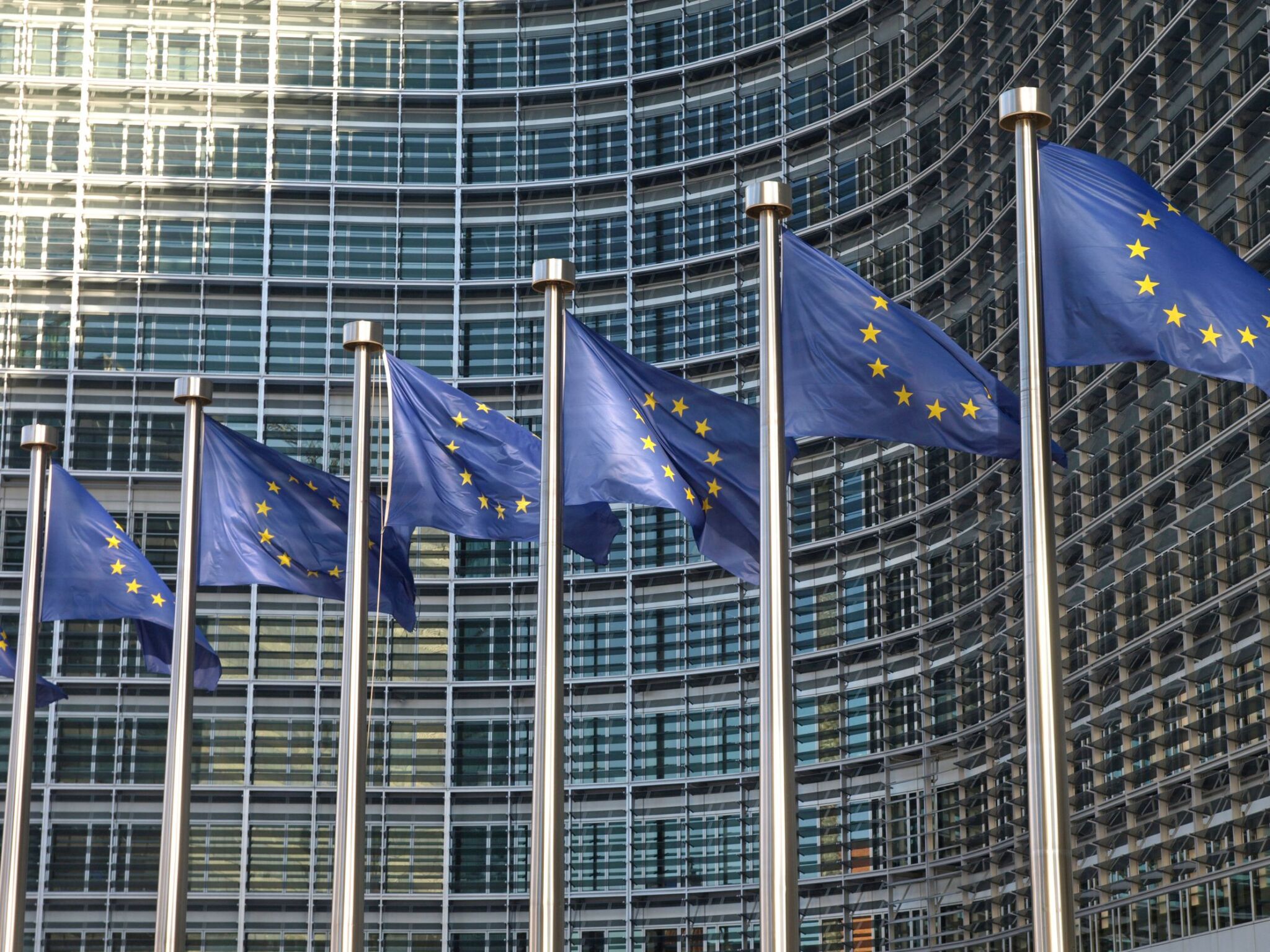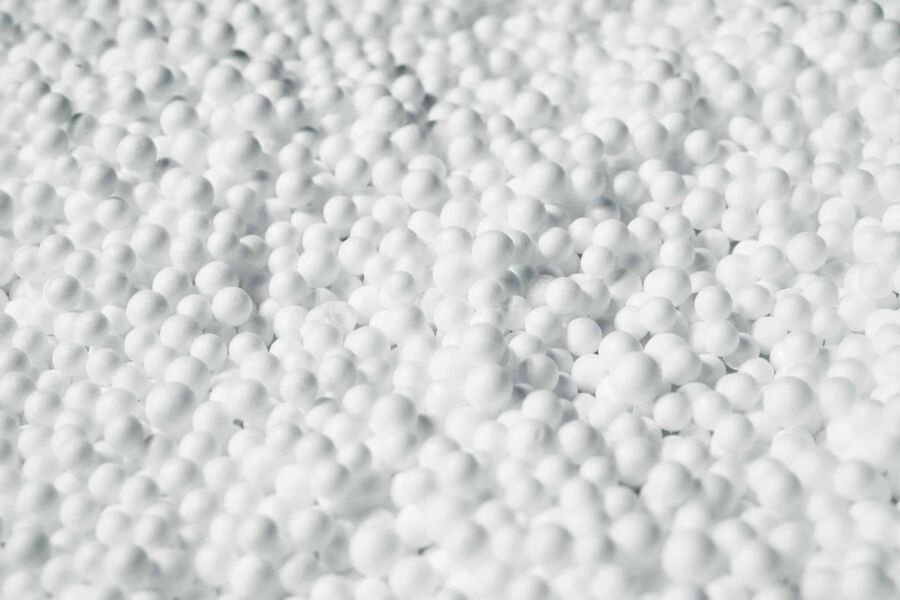On 11 March 2020, the European Commission presented its new Action Plan on Circular Economy. We take a look at the main announcements in the plan regarding plastic packaging, what is missing and what should perhaps be reconsidered.
The action plan “recycles” many elements of the EU Plastics Strategy of 2018 and announcements in the Green Deal, which is not surprising given the time pressure that the new Commission President is exerting. The most important points for Plastic Packaging are summarised below:
- The key political goal remains that “all packaging on the EU market is reusable or recyclable in an economically viable way by 2030“. This goal was introduced in the Green Deal, building on a similar goal for plastic packaging in the Plastics Strategy. The goal applies not only to plastics but to all packaging materials.
- More bans on packaging: The Action Plan explicitly mentions potential market restrictions in 2021 “for the use of some packaging materials for certain applications, in particular where alternative reusable products or systems are possible or consumer goods can be handled safely without packaging“. The focus is on single-use packaging, tableware and cutlery in food services. Different from the draft version the Plan refrains from mentioning specific examples, e.g. the plastic packaging of fruits and vegetables.
In the coming months it will be crucial to see how the Commission will deal with packaging restrictions and bans that Member States (such as France) have adopted in circumvention of EU law. Basically, the Commission has two options: On the one hand, it could take up the national bans and restrictions and propose them for the entire EU. On the other hand, the Commission could take its role as “guardian of the treaties” seriously and – in line with the “Long term action plan for better implementation and enforcement of single market rules” published yesterday – take action against such unilateral measures. The future of the EU single market could depend on the path the Commission takes.
Quotas for recycled content in plastic packaging: The Action Plan announces the introduction of mandatory recycled content quotas for plastic packaging in 2021/2022. Similar quotas will be proposed for construction materials, vehicles and batteries. In the previous version, the Commission was more cautious and only wanted to “consider” such quotas. New is that the Commission will establish rules for the safe recycling of plastic materials other than PET in food contact materials. Unfortunately, there is not yet a time frame for this.
The Action Plan does mention the activities of the Circular Plastics Alliance, which was set up by the Commission in order to avoid legal measures. The goal of the Alliance is to have 10 million tonnes of recycled materials in plastic products across Europe by 2025. However, it remains unclear what effect the announcement of legal quotas will have on the Alliance.
Overall, any mandatory recycled content quota is a significant intervention in the freedom of manufacturers to design their products and therefore has to be legally justified. Also, the impacts of such quotas, not only on the respective markets but also on the overall production of recyclates and their usage and the overall impacts on CO2-emissions, economic and social impacts (e.g. higher prices), need to be thorougly assed.
- Plastics tax: The Commission is sticking to its proposal for an additional contribution from the Member States based on the amount of non-recycled plastic packaging waste in their country.
Here is the link to my analysis of the largely ignored unwanted consequences of such a levy.
- Waste reduction targets: The Commission will propose reduction targets “for specific [waste] streams” in the Waste Framework Directive in 2022. The focus is on plastic packaging waste.
- Packaging design and polymers: The Commission will examine in 2021 whether and how the complexity of packaging materials (probably including multi-layer films) and the number of materials and polymers used can be reduced.
New and of considerable importance in this context is the announcement that the Commission will suggest to extend the EU Ecodesign-Directive to non-energy-related products and to include other specific aspects like product, waste, environmental and chemical issues. Even though the focus is more on electronics, textiles, furniture etc., plastic packaging is not excluded either. The extension of the Ecodesign-Directive is something environmental NGOs had on their priority list for a long time. Industry associations on the other hand have warned against the inclusion of further environmental parameters and the abundance of new eco-design projects, which are not primarily aimed at energy efficiency alone.
Indeed, an extension of the Ecodesign-Directive to “all” products and various criteria would consequently make it an all-encompassing policy intervention and control instrument in the EU. Such a development would be very worrying: It would contradict the market economy principles of the EU internal market and there would be a great danger of arbitrary and administrative intervention for the entire industry in Europe.
- Microplastics: In 2021, the Commission wants to restrict intentionally added microplastics, including “tackling” plastics pellets, “taking into account the opinion” of the ECHA.
- Uniform labelling: In context with the goal of harmonising separate collection systems for waste, the Commission intends to examine in 2022 the conditions for introducing a uniform EU-wide packaging label to improve separate collection in households.
What is missing? As in the Plastics Strategy 2018 and the Green Deal, the new action plan lacks a commitment to speed up the implementation of a Europe-wide landfill ban. The same applies to a mandatory deposit system for beverage bottles. Also, the Commission has failed to assess whether a further harmonisation and strengthening of EPR-requirements in particular in view of financial incentives to promote the recyclability and the use of recyclates in packaging would achieve the goals in a less onerous way compared to bans and quotas.



